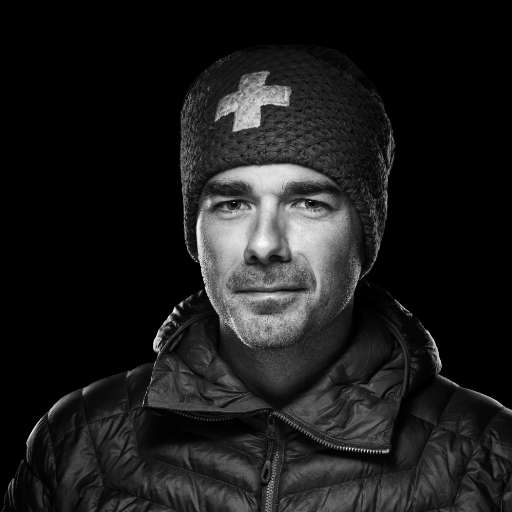Alpine locations
Hôtel Chetzeron an alpine jewel in the heart of Crans-Montana
In the heart of the Crans-Montana ski area, at an altitude of 2112 meters, stands an exceptional hotel. An Alpine sanctuary where contemporary architecture and design bow to the majesty of the Imperial Crown of Zinal. The 4-star Hotel Chetzeron lets us discover the splendor of a sovereign nature. I invite you to discover the Hotel Chetzeron, ... Read more
Read the article
Recent articles
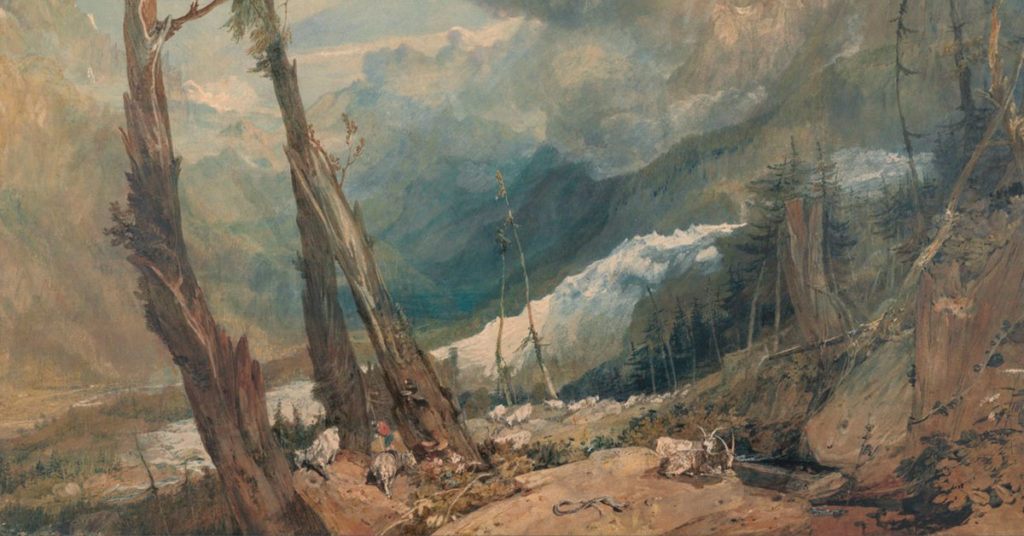
History of the Alps
JOSEPH MALLORD WILLIAM TURNER the best-known English painter of the 18th century
Joseph Mallord William Turner (1775-1851) is without doubt the best-known English painter of the 18th century. Many exhibitions are still devoted to him today. He is known as one of the leading painters of the aesthetic of the sublime and for his great talent, particularly in watercolor. Although his strokes are forced, he is also considered the precursor of Impressionism, and even of abstract art. Turner's first trip to Switzerland Turner came from a modest background: his father was a barber. He was spotted at an early age: he entered the Royal Academy of Painting at the tender age of 14. ...

History of the Alps
CASPAR WOLF one of the first artists to paint the Alps
Caspar Wolf (1735-1783) was one of the first artists to explore and paint the Alps, between 1774 and 1779. Although he painted other subjects, it was precisely as a painter of the Alps that he passed into posterity. Even his contemporaries emphasized Wolf's innovative side, as Karl Gottlob Küttner did in August 1778: Wolf is the painter of the sublime and terrible nature of the Swiss mountains. He went deep into the icy, snowy regions of the mountains, as no painter had done before him; no danger, no difficulty could prevent him from exploring nature...
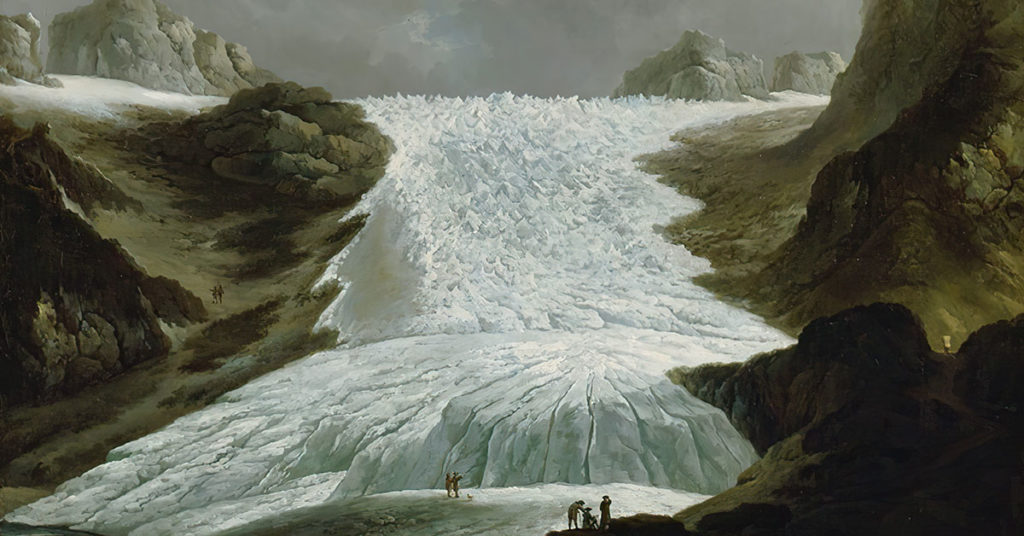
History of the Alps
History of the mountains 18th century
The 18th century saw a real craze for the Alps, with a huge influx of travellers. There were a number of reasons for this, which we'll develop below, but it was the result of a slow evolution. Dragons in the Alps The early 18th century was still marked by popular beliefs, which were also reflected in scientific research: many people spoke of monsters and dragons in the mountains. Scheuchzer devotes an entire chapter to his Ouresiphoites Helveticus, sive itinera per Helvetiae alpinas regiones (published in 1723), one of the most important works ...

History of the Alps
17th century mountain history
The 17th century had a more mixed relationship with the mountains than the 16th century, and sometimes a more negative one. This was partly due to the slight cooling of the climate at the time. Glaciers were growing and sometimes sweeping away churches and fields in their path, causing great damage, but also making it more difficult to enjoy the mountains. The mountains were sometimes seen as a divine punishment, as Horace-Bénédict de Saussure testifies: "The little people of our town [Chamonix] and the surrounding area give Mont Blanc and the snow-covered mountains that surround it the name of ...
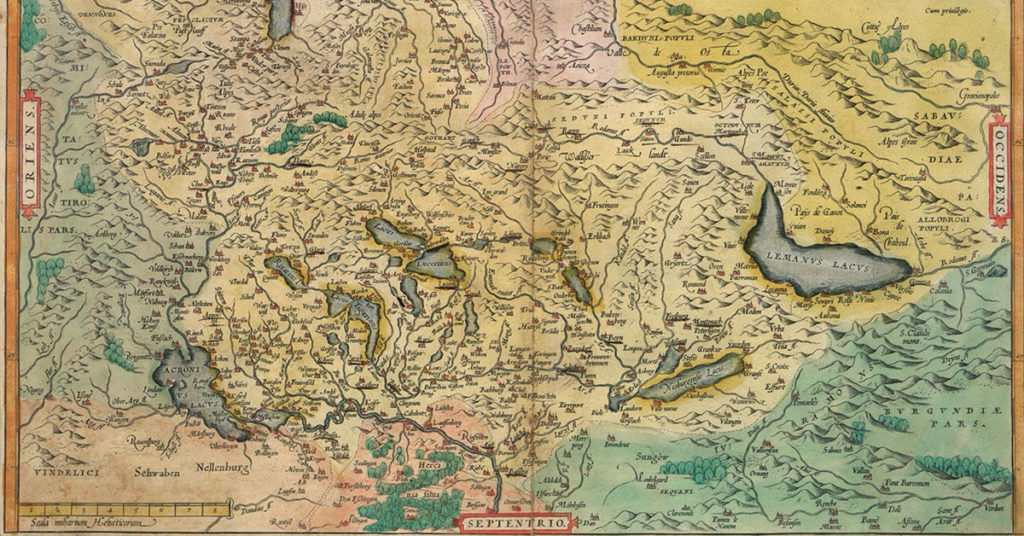
History of the Alps
History of the mountain 16th century and earlier
Although mountains have played a central role in many civilizations and mythologies - being the refuge of the gods, for example - it's only in recent times that man has taken an interest in them. Petrarch's ascent of Mont Ventoux on April 26, 1335 was one of the very first of its kind. It is often regarded as the first awareness of landscape and mountain perception, even if the claim is somewhat exaggerated. A few months before Columbus discovered America, on June 26, 1492, Antoine de Ville climbed Mount ... on the orders of French king Charles VIII.
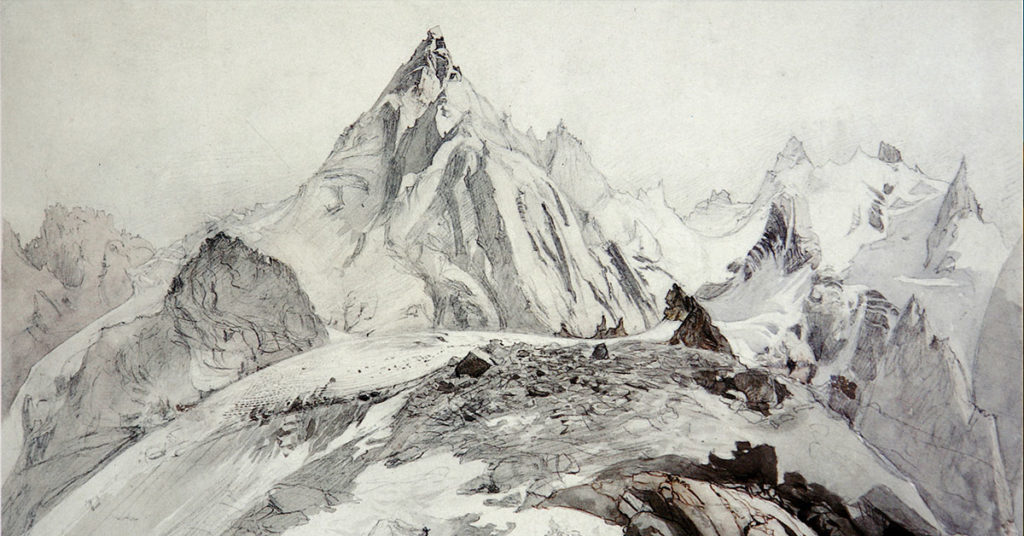
History of the Alps
John Ruskin - Writer, poet and painter closely linked to the Alps
The life of John Ruskin (1819-1900), British writer, poet, art critic and painter, is closely linked to the Alps. A great traveller who visited the continent on numerous occasions, particularly Switzerland and Italy, he first saw the Alps from Schaffhausen, on his first trip to Switzerland in 1833, when he was 14. It was an instant revelation. His love of the mountains would never leave him, and more than anywhere else, it was in the mountains that Ruskin felt truly at home, as he wrote on July 24, 1845...

